-
Best Voice Recorder for Lectures
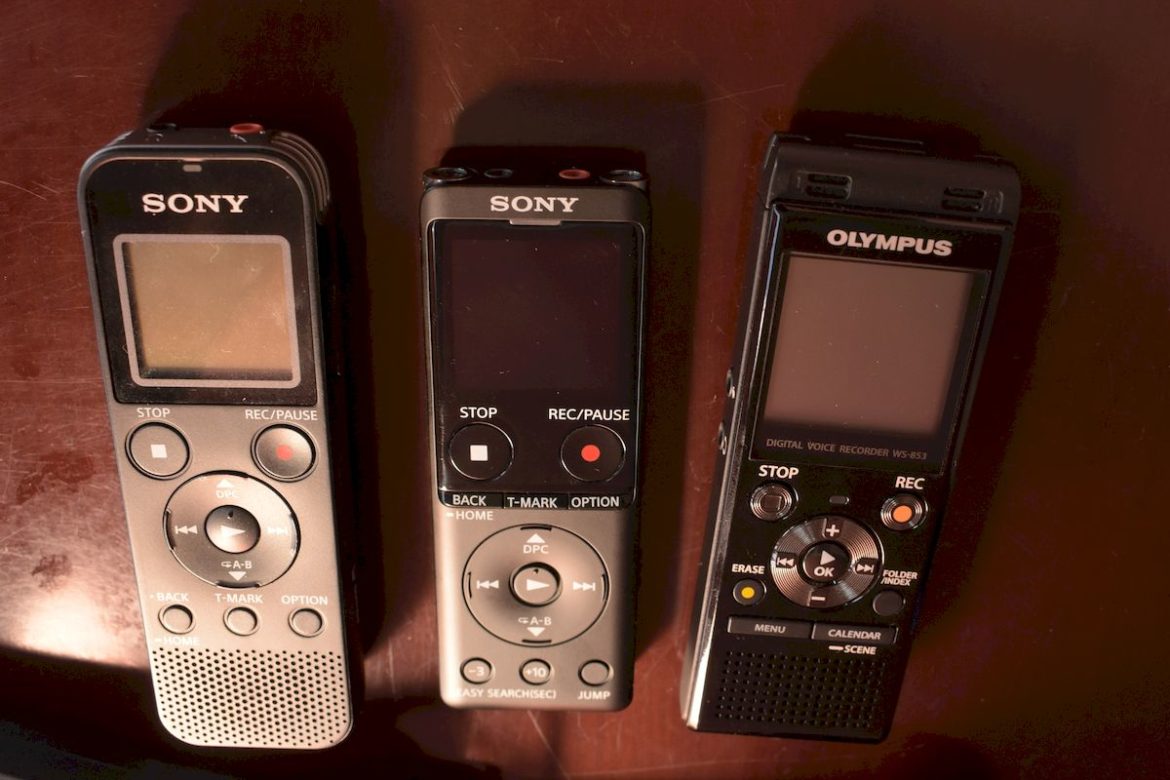
When I was in college, I recorded a lot of the lectures and found the recordings to be incredibly, incredibly useful. Why? They were a useful learning tool; I used recorded lectures to strategically revisit sections I wanted to reinforce, and when preparing for assessments. I was always amazed, when I listened back to the…
-
Best Digital Voice Recorder for Dictation
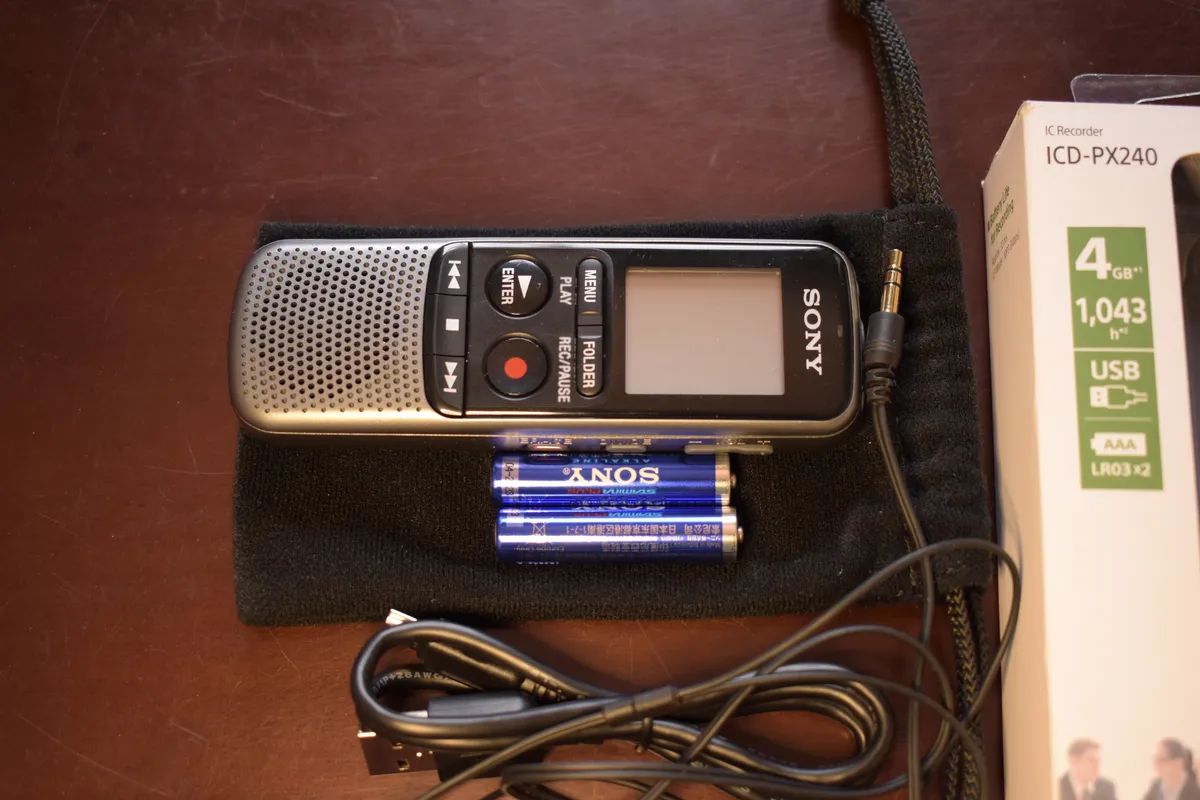
When you think about dictation equipment, the first thing that pops in your head is probably digital voice recorders. So what is the best digital voice recorder for dictation? Well, the answer is that there’s no simple answer. The best recorder for dictation will depend on your specific needs and situation. And when you’re purchasing…
-
Best Voice Recorder for Interviews
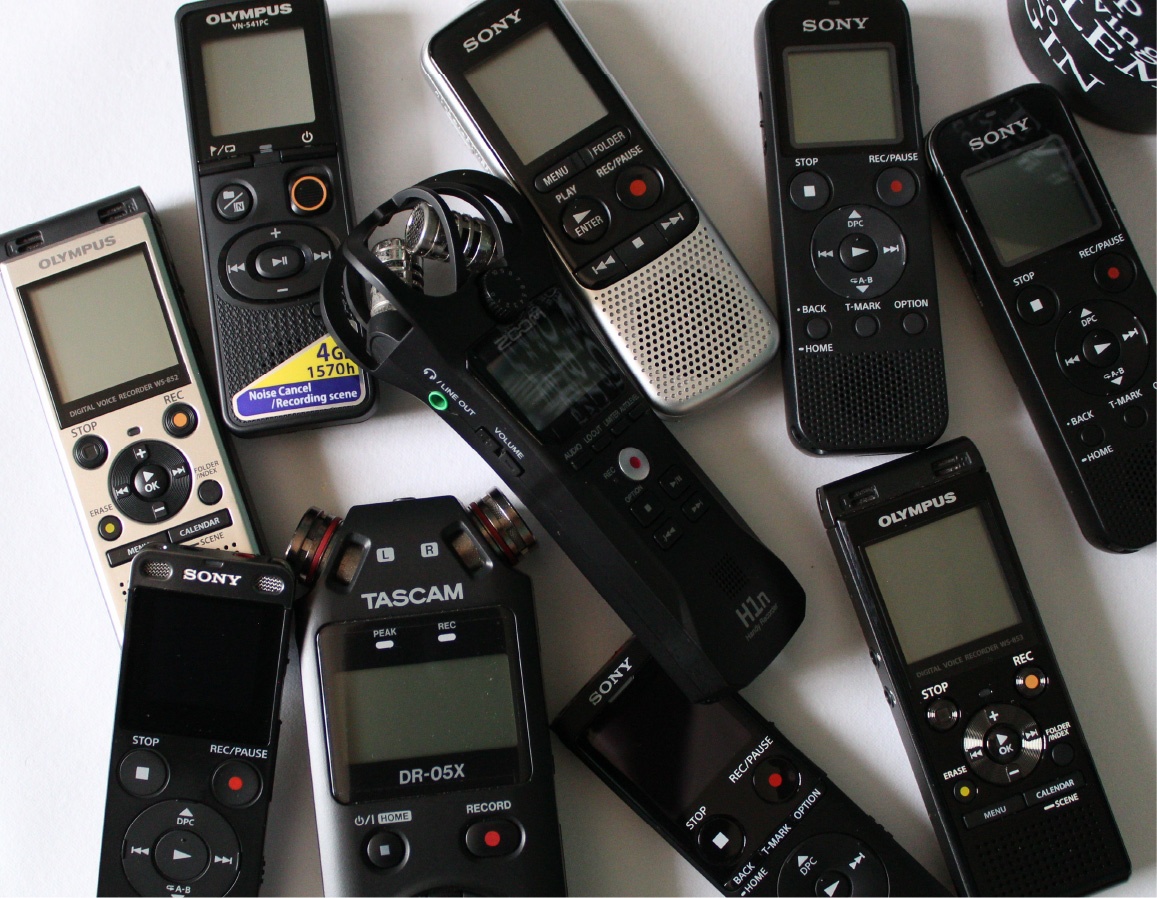
There’s a myriad of ways to record your research interviews. You could use your phone, laptop, or even a camcorder. However, I strongly recommend using a digital voice recorder. Handheld digital voice recorders are compact, affordable and enable you to easily manage the audio recordings, which makes the process of getting your dissertation interview transcripts…
-
Sony ICD-PX470 vs Sony ICD-UX570 Comparison
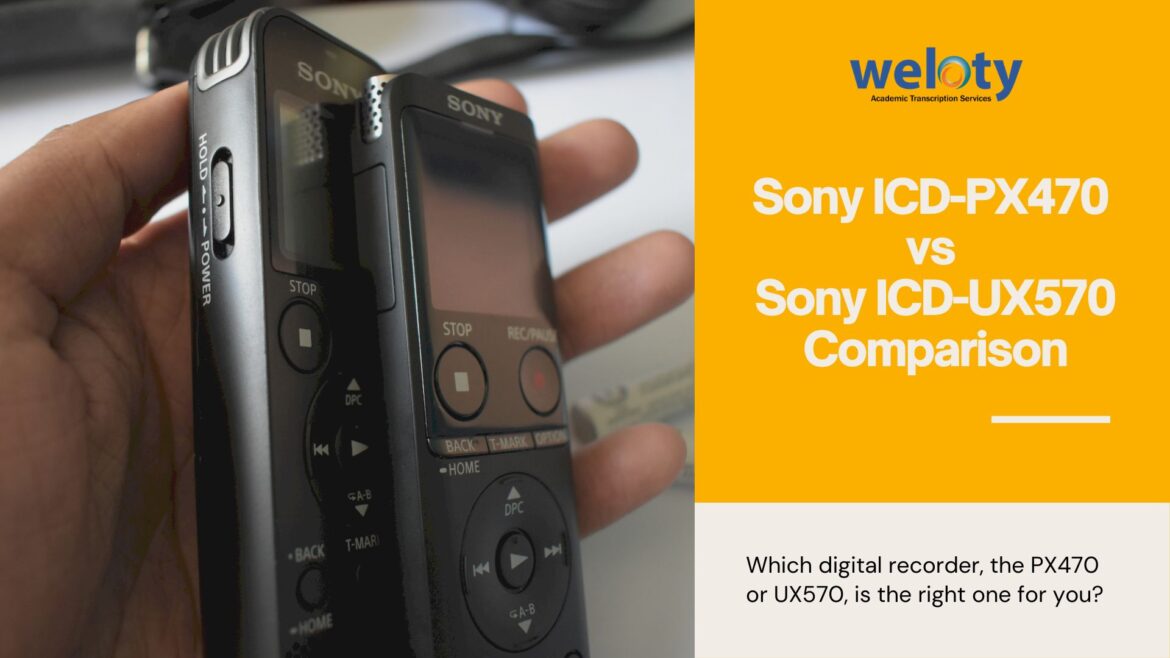
Which voice recorder, between the Sony ICD-PX470 and the Sony ICD-UX570 is right one for you? Let’s talk about it. Today, we’re going to compare the Sony PX470 and the Sony UX570 voice recorders and look at the 3 main reasons you should choose one over the other. The Sony ICD-PX470 and the Sony ICD-UX570…
-
Sony ICD-UX570 Review
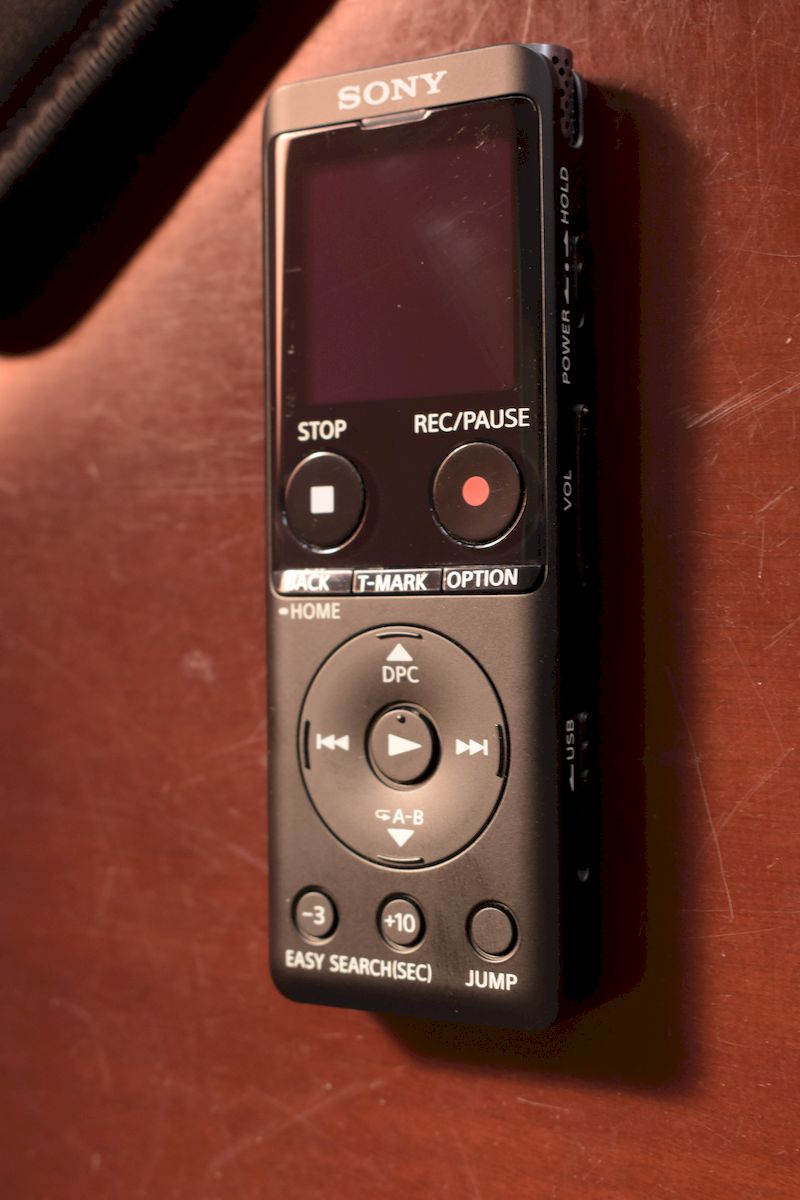
The ux570 is a wonderful voice recorder. It’s compact, easily portable and can easily fit in your pocket or bag. Records good audio using the 44.1kHz/16bit audio format and the right setting and allows you to monitor your recording. The LCF and NCF filters are powerful and help reduce noise when recording in a noisy…
-
Using the Sony ICD-ux560: The 4 How-to’s
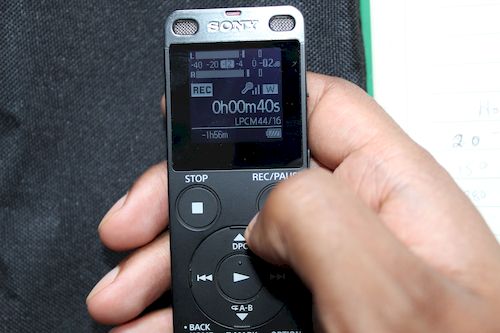
If you plan to use the Sony ICD-ux560 to conduct your research interviews, what are the 4 how-to’s you should learn before you conduct your first interview? 1. How to Store Your Recordings Qualitative research projects produce a lot of data, you’ll need to be organized or the data will overwhelm you. And this tends…
-
Sony ICD-ux560: Low Cut Filter (LCF) and Noise Cut Filter (NCF)
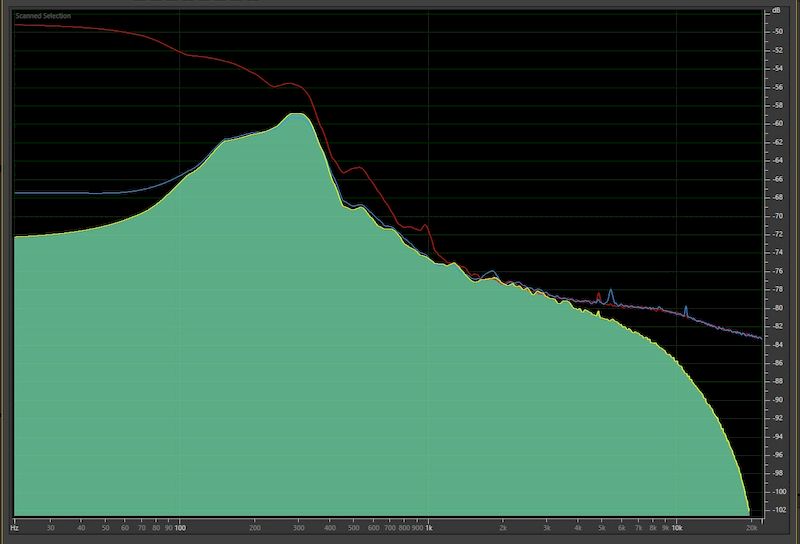
Sony ICD-ux560 comes with two recording filters; noise cut filter (NCF) and low cut filter (LCF). According to the ux560 manual, the NCF “cuts high-frequency sounds except for human voices as well as low-frequency sounds”. And the LCF, “cuts low-frequency sounds, including noise from projectors and roaring wind sounds.” That’s it. I’ve tried to find…
-
Sony ICD-ux560 Voice Activation
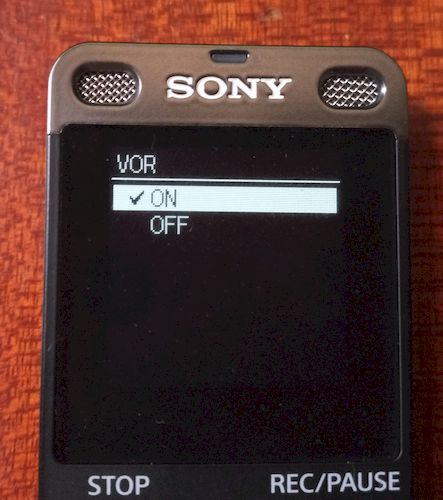
Yes. The Sony ICD-ux560 does come with a voice activation feature, though it’s labeled as Voice Operated Recording (VOR). This is a feature that I rarely used, but I’ve been looking for ways to use my Sony ICD-ux560 a lot more and decided to try it out. I’m not going to share why I decided…
-
The 64GB SDHC Memory Card
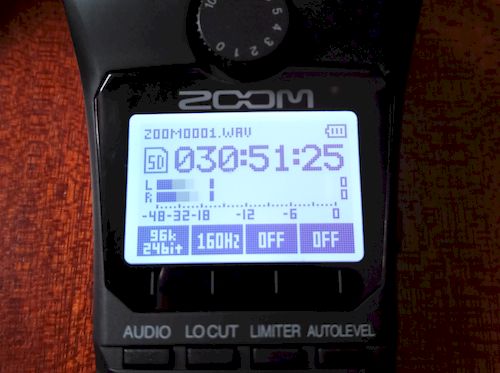
Yes, a 64GB SDHC Memory Card. SD standards limit the size of a SDHC card to 32GB. And you’ll never find a manufacturer that’ll make 64GB SDHC card. YES, all those 64GB Samsung SDHC cards are fake! But, in this post, I’ll show you I magically turned my Samsung EVO Select 64GB SDXC memory card…
-
Telephone Microphones: Olympus TP8 vs Sony EMC-TL3
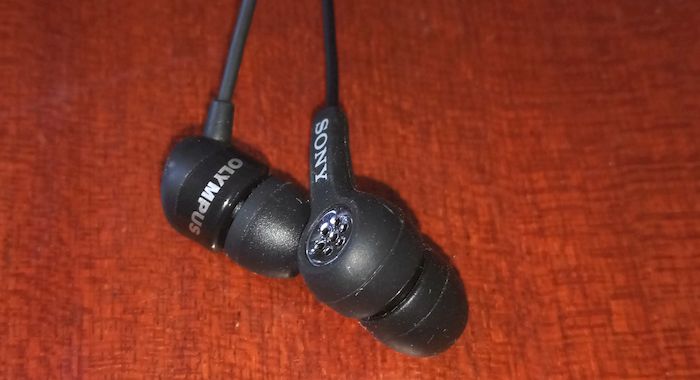
Let’s compare the Olympus TP8 versus the Sony EMC-TL3 telephone microphones. Telephone microphones are a microphone encased in a open/hollow earbud capsule. To use them, you simply plug the 3.5mm mic jack into a voice recorder, insert the
